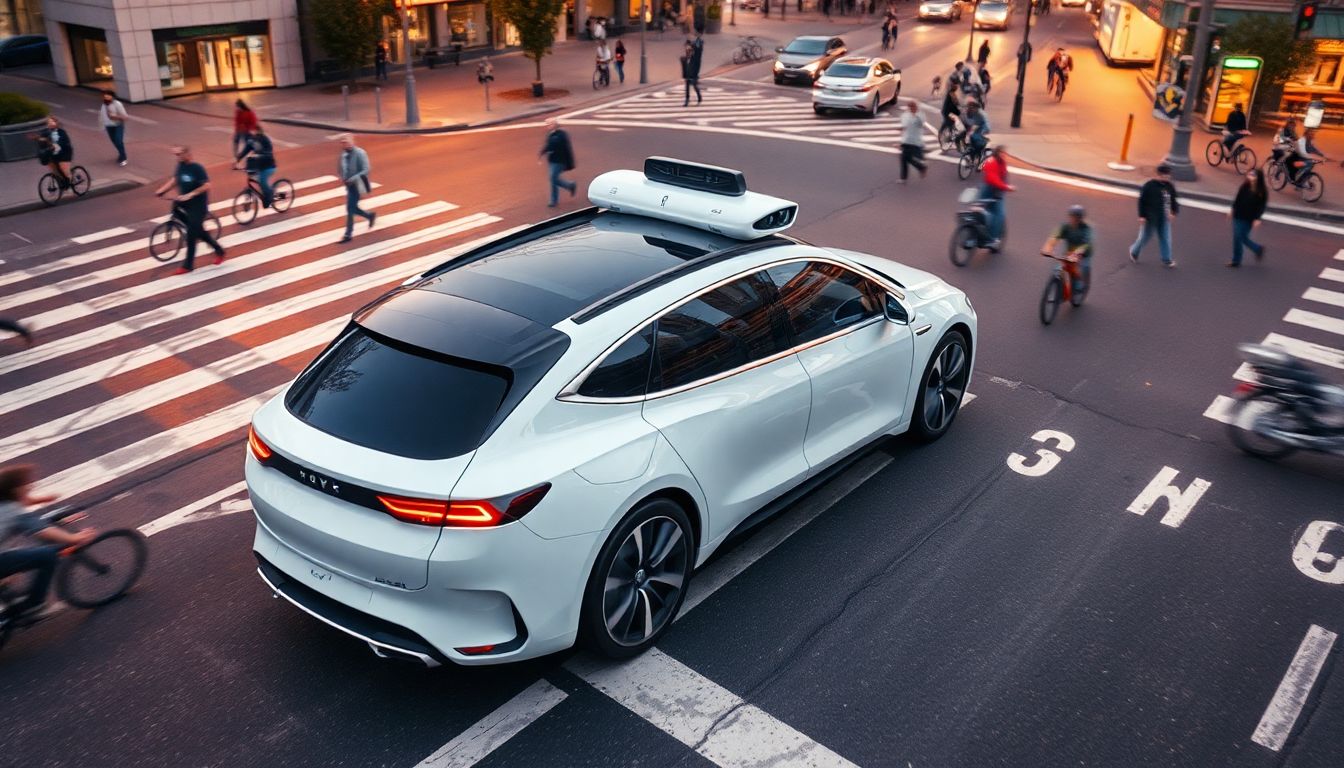 |
How Self-Driving Cars Use AI to Avoid Accidents
The world of transportation is changing fast. Self-driving cars are no longer just a dream; they are becoming part of our everyday lives. But while these vehicles promise a future of safer roads, the technology behind them is complex and fascinating. At the heart of this innovation lies artificial intelligence (AI), which plays a vital role in preventing accidents. This article explores how self-driving cars utilize AI technology to enhance safety and minimize the risk of collisions.
The Promise and Peril of Autonomous Vehicles
Self-driving car technology is on the rise. With companies investing millions in development, the hope is that these vehicles will reduce accidents and make driving easier. AI's contribution to accident prevention can’t be overstated—it’s the brain that interprets data and makes quick decisions on the road.
Key AI technologies include:
- Machine Learning: This allows cars to learn from countless driving scenarios.
- Computer Vision: This helps in recognizing objects and road signs.
- Sensor Fusion: Integrates data from various sensors for a complete picture of the environment.
Sensor Fusion: The Foundation of Perception
Self-driving cars use an array of sensors to understand their surroundings. These usually include:
- Radar: Measures distances and detects speed.
- Lidar: Uses light to create 3D maps of the environment.
- Cameras: Provides visual recognition for objects and lanes.
Sensor fusion is crucial as it combines data from all these sources to build an accurate understanding of the vehicle's surroundings. This redundancy offers reliability—a failure in one sensor doesn’t mean failure in overall perception.
A practical example of sensor fusion is during a busy traffic signal. Using cameras, the car recognizes vehicles and pedestrians. With radar, it adds speed and distance data, ensuring it reacts promptly to any potential hazard.
Object Detection and Classification: Identifying Hazards
Detecting and classifying objects around a self-driving car is a high-stakes task. AI algorithms, particularly deep learning, are trained to recognize various objects like other cars, bicycles, or pedestrians. This is done through extensive datasets that teach the system what to look for.
AI systems need to differentiate between:
- Static Objects: Such as road signs or buildings.
- Dynamic Objects: Like moving vehicles or people.
Challenges arise, especially in bad weather conditions such as rain, fog, or snow. Here, the AI must rely on multiple sensors working together to ensure safe navigation despite decreased visibility.
Decision-Making and Path Planning: Navigating Complex Scenarios
Once a self-driving car identifies potential hazards, it must make fast decisions. AI algorithms predict how objects will move, helping the car plan its path effectively. For instance, if a pedestrian steps onto the road, the system quickly decides to slow down or change lanes to avoid a collision.
Path optimization is vital. The goal is to find the safest route while ensuring efficiency. Ethical considerations also play a role. How a self-driving car responds in critical situations—like avoiding a collision with a pedestrian versus swerving into traffic—raises important moral questions about programming.
Control Systems: Executing Safe Maneuvers
Controlling the vehicle's movements is where AI truly shines. It ensures precise adjustments in:
- Acceleration: How fast the car can go.
- Braking: Quick stops to avoid danger.
- Steering: Navigating turns and lanes safely.
Fail-safe mechanisms are essential for responding to critical system failures—think of them as the car's backup system. If something goes wrong with the sensors, the control system can take over to maintain safety. Moreover, self-driving cars are designed to allow human intervention when needed, balancing automation and driver control.
Continuous Learning and Improvement: The Future of Autonomous Safety
The future of autonomous vehicles lies in continuous learning. These cars gather data from real-world experiences, offering invaluable insights to improve safety.
- Machine Learning: Every mile driven helps refine AI algorithms to handle more situations.
- Over-the-Air Updates: Manufacturers can enhance the car’s software remotely, ensuring it stays up-to-date with the latest safety features.
However, these improvements come with data privacy and security concerns. Protecting the information collected from users is a top priority to build trust in self-driving technology.
Conclusion: Driving Towards a Safer Future
The role of AI in self-driving cars is crucial for accident prevention. From sensor fusion to decision-making, these technologies work together to keep passengers and pedestrians safe. While challenges remain, the continued evolution of AI in autonomous driving holds great promise for our roads.
We must focus on responsible development and deployment of autonomous vehicles to ensure they benefit everyone. As we embrace this technology, we can look forward to a future with fewer accidents and safer travel for all.







0 Comments